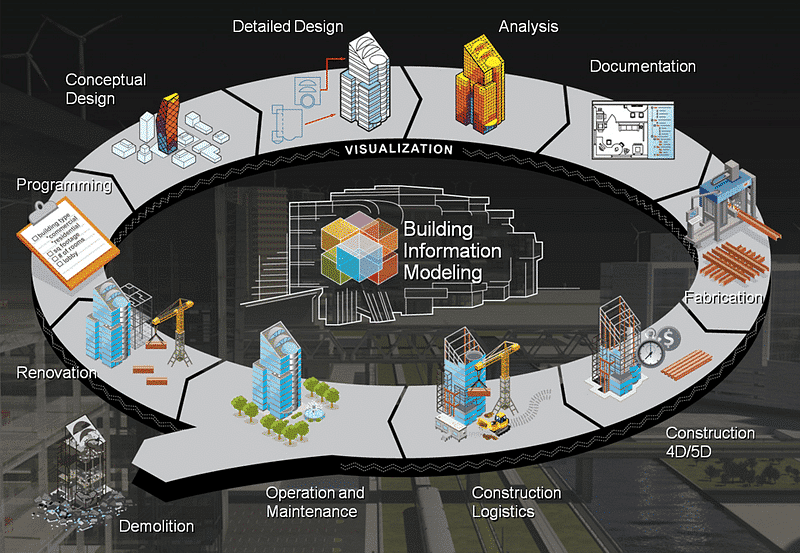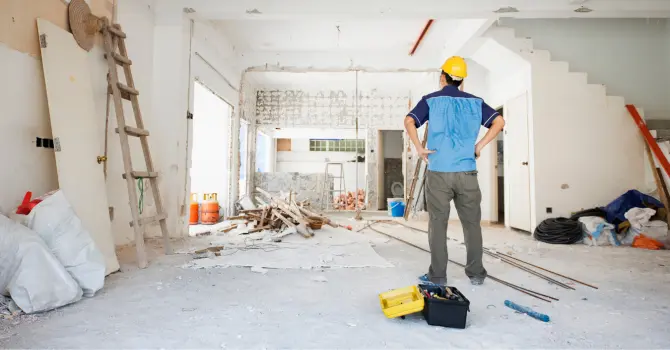Key Takeaways
- Discover how the general contractor model streamlines project management from start to finish.
- Learn why clear communication and centralized oversight reduce costly mistakes.
- Find out how innovative management practices address modern construction challenges.
- Explore third-party guidance on project management and recent industry developments.
Coordinating the Moving Parts in Modern Construction
Construction projects are intricate undertakings that rely on the coordinated efforts of architects, engineers, subcontractors, suppliers, and stakeholders. While each group brings specialized skills, aligning their work especially on large-scale builds can be challenging. Miscommunication or missteps can quickly result in costly delays or budget overruns. That’s where the general contractor model proves invaluable. As the central hub, a general contractor streamlines the process by managing permits, inspections, materials, and timelines. This unified leadership ensures smoother collaboration and accountability across the board. Learn more about this approach at https://koehncs.com/delivery/general-contractor/.
The advantages of centralization are clear when you examine the broader impacts. Having one party keep the entire project on track eliminates finger-pointing and reduces wasted time. According to this helpful resource, central management empowers project owners to focus on big-picture decisions instead of daily operational headaches. When every participant clearly understands who’s in charge and how tasks are prioritized, projects tend to progress smoothly, even amid the unexpected challenges that construction often presents.
What Does a General Contractor Do?
Beyond simply “running the job,” a skilled general contractor orchestrates virtually every facet of construction. Their responsibilities begin long before ground is even broken, with preconstruction planning, cost estimation, site assessments, risk analysis, and the development of comprehensive schedules. As the project starts, they take on the critical assignments of hiring and coordinating subcontractors, navigating regulatory requirements, and managing supply chains. They serve as quality control watchdogs, ensuring each task is performed to specification and that all work meets applicable safety and code standards. Most importantly, general contractors are the glue that binds a diverse team. Their daily oversight and ability to resolve issues as they arise make them indispensable, especially on high-stakes, complex projects.
In my experience, project owners often underestimate the time and attention to detail needed to manage all these elements effectively. By consolidating leadership and accountability within the general contractor, mishaps can be identified and fixed quickly before they spiral into larger complications. This reliability becomes invaluable to clients who rely on steady progress rather than crisis management.
Why Centralized Project Management Matters
Imagine a bustling construction site where multiple specialty subcontractors are hired independently, and each must coordinate with various suppliers and city inspectors. The absence of a centralized leader can quickly devolve into confusion and inefficiency. For example, a minor discrepancy in the construction drawings might be overlooked, causing delays as contractors await clarification. With a general contractor in place, such issues are rapidly identified and addressed, often before they impact the broader schedule.
Centralized project management isn’t just a luxury; it’s increasingly necessary for ambitious builds. Research shows that having a single point of responsibility streamlines workflow, reduces miscommunication, and increases quality assurance. The most successful ventures, from mixed-use complexes to educational campuses, typically showcase a general contractor’s ability to anticipate issues and coordinate seamless adaptations, ensuring that diverse interests merge into a unified project vision.
Communication: The Heart of Successful Projects
Effective communication underpins every successful construction project. The general contractor’s role often involves translating architectural intent into practical instructions for crews while updating stakeholders on milestones and potential roadblocks. In the modern age, technology amplifies these efforts. From instant messaging apps to automated schedule notifications, digital solutions provide transparency and keep everyone informed. One compelling article examines how effective communication prevents construction delays and highlights the expensive consequences when lines of communication break down.
General contractors increasingly leverage cloud-based collaboration tools and standardized reporting to boost communication efficiency. For example, daily digital logs and shared photo documentation enable real-time tracking and quick troubleshooting. Weekly or daily virtual and in-person meetings keep crews accountable and give clients continuity. These practices minimize misunderstandings, and everyone can pivot quickly as challenges arise. When clear communication is backed by strong leadership, project delays and cost overruns drop significantly.
Risk Management and Problem-Solving
Construction sites are fraught with uncertainty. Material shipments can arrive late, adverse weather can halt operations, and unsafe work practices might put both workers and the schedule at risk. General contractors are adept at assessing potential risks in advance, developing mitigation plans, and adjusting strategies as conditions dictate. Many conduct formal risk workshops before construction starts, allowing teams to brainstorm possible issues and draft solutions.
Take, for instance, a scenario where unanticipated soil instability threatens to delay a hospital expansion. A proactive general contractor partners with geotechnical engineers to redesign the foundation system on short notice, communicates expectations to the field crew, and coordinates with suppliers for expedited materials. Outcomes like this are not the exception, but the norm for well-managed projects. With a general contractor, projects benefit from fast, coordinated responses that prevent costly downtime and keep crews motivated.
Modern Technology’s Role in General Contracting
Rapid shifts in technology are transforming the general contracting landscape. Today’s contractors are deploying cloud-based scheduling apps, real-time project dashboards, and remote access tools that allow for near-instantaneous sharing of updates and documentation. Digital project management solutions cut down on paperwork and clutter, making it easier to spot issues early. According to recent reports on digital approaches transforming construction, these platforms are now moving from optional extras to industry standards.
Forward-looking general contractors also harness Building Information Modeling (BIM) to create detailed 3D simulations of projects, streamlining coordination between design and field teams. Automated safety alerts and digital punch lists further reduce the risk of oversight and keep schedules tight. As a result, clients and crews benefit from a level of organization and responsiveness that wasn’t possible a decade ago. Adopting these technologies is now recognized as critical for any team that wants to deliver complex projects on budget and ahead of schedule.
Choosing the Right General Contractor: Key Tips
- Review the contractor’s portfolio to gauge experience with similar project sizes and types.
- Discuss budget transparency and ask for breakdowns trustworthy professionals are candid about costs from day one.
- Clarify how updates will be communicated and how quickly issues will be addressed on and off-site.
- Insist on licensing, insurance, and references to ensure compliance and reliability.
- Schedule direct meetings to ensure personal rapport, as good working relationships foster smoother cooperation over time.
Remember, a good general contractor is not just a builder but a partner in your vision. Taking time to interview candidates, review references, and establish open lines of communication drastically reduces project risk and makes for a more enjoyable build.
The Lasting Value of a Trusted General Contractor
Ultimately, choosing the general contractor model is a decision rooted in risk reduction and performance optimization. A trusted general contractor ensures all project elements unite seamlessly by centralizing responsibility, enhancing communication, and leveraging cutting-edge tools. Clients benefit from fewer surprises, more predictable costs, and the confidence that complex builds can move from plans to reality efficiently and safely. The collaboration and clarity that general contractors bring improve the project’s result and the journey, transforming overwhelming builds into rewarding experiences for everyone involved.
Whether managing a new school, office renovation, or commercial high-rise, the right general contractor transforms uncertainty into opportunity, ensuring every stakeholder’s needs are met with professionalism and care. Prioritizing their expertise is one of the smartest moves project owners can make to secure smooth, successful outcomes, from breaking ground to turning the final key.



